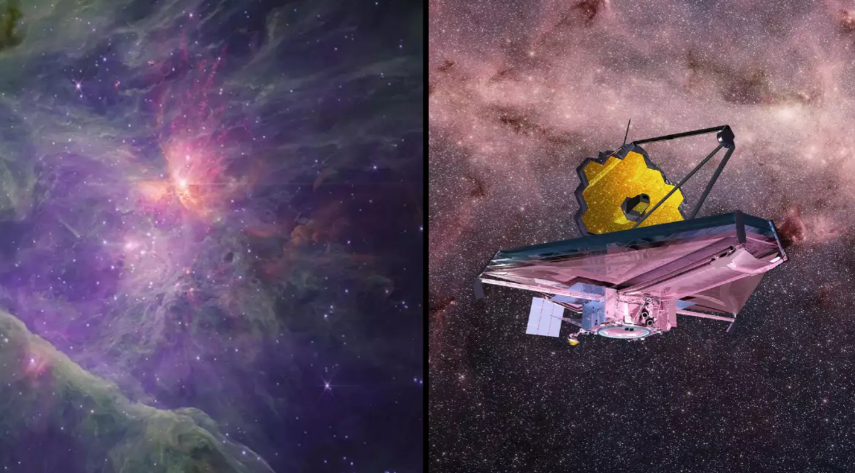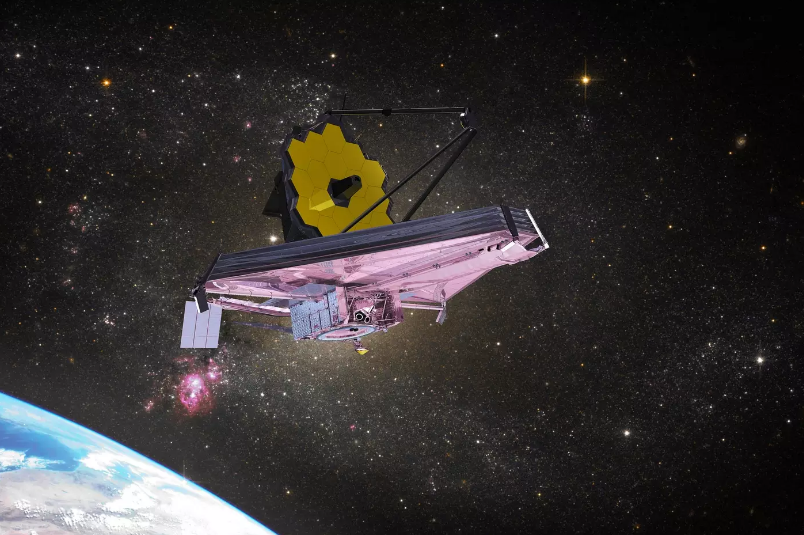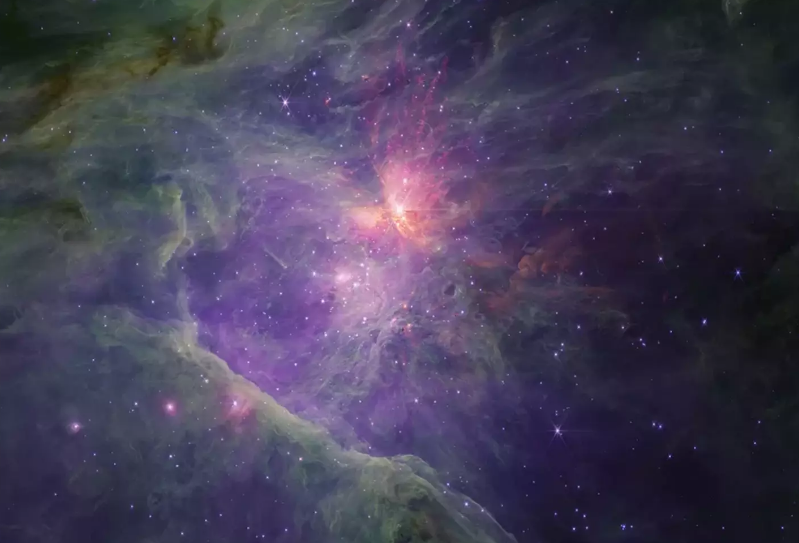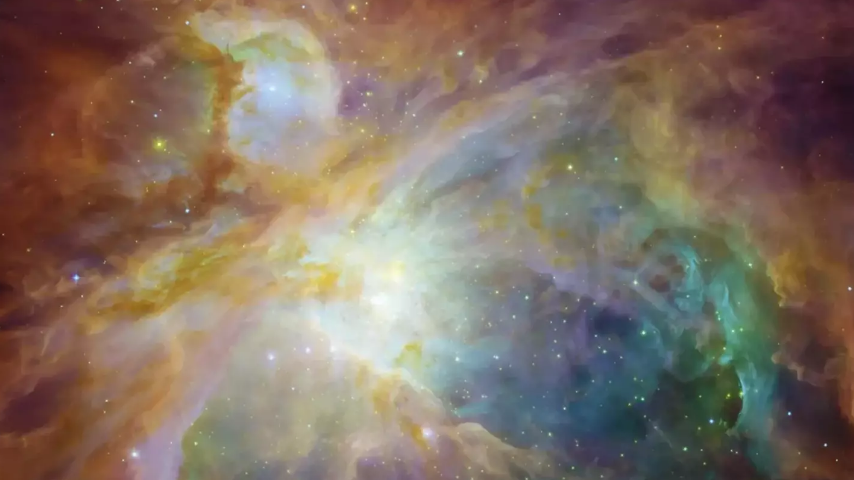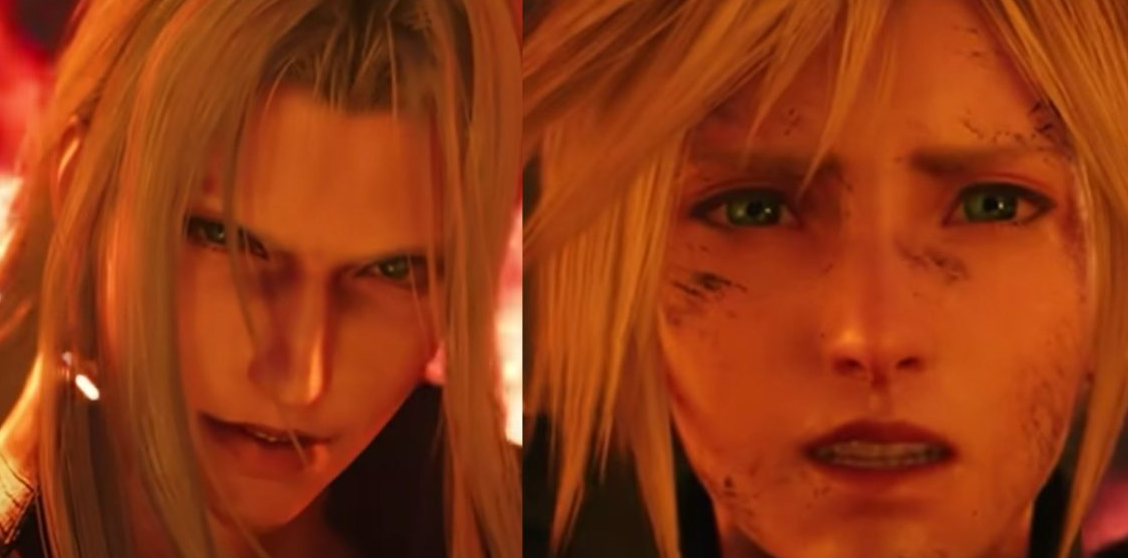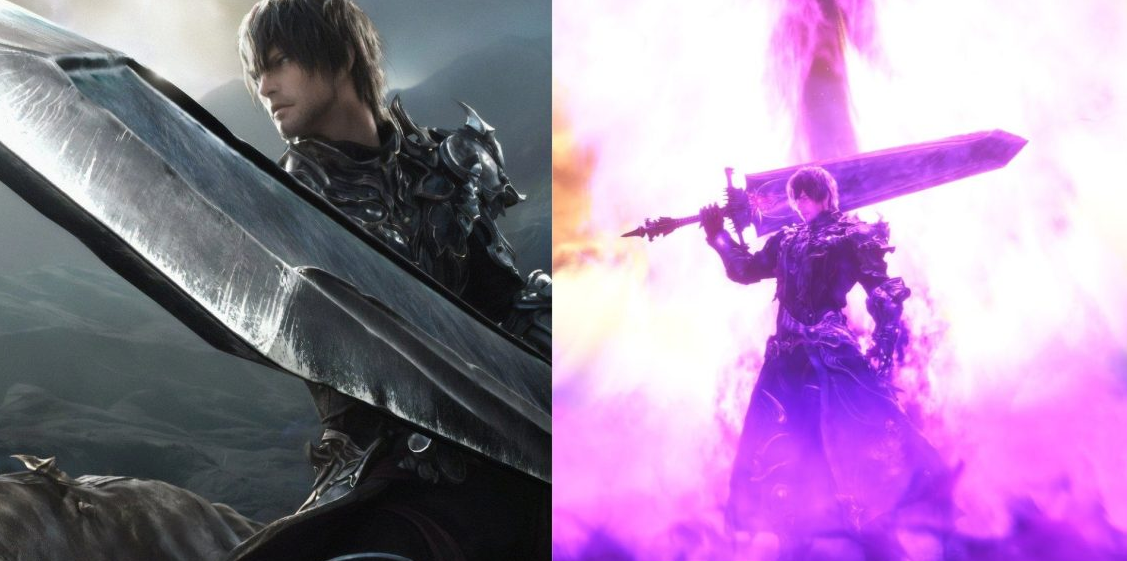Unraveling the Mystery of Rogue Planets Discovered by James Webb Space Telescope
In the vast expanse of the cosmos, NASA's James Webb Space Telescope has unveiled a fascinating discovery that has captivated scientists and stargazers alike. Launched at a monumental cost of $10 billion (£7.92 billion), this cutting-edge telescope has been active for just over two years, yet its impact on our understanding of the universe is already profound.
One of the most intriguing revelations from the James Webb Space Telescope is the existence of free-floating planets—planets untethered to any specific star, akin to Earth drifting through the void of space without orbiting the Sun. This phenomenon, initially puzzling to astronomers, has recently seen a significant leap towards comprehension.
Last year, the JWST made a remarkable find: pairs of free-floating planets that defy the conventional pattern of orbiting a central star. These celestial duos, reminiscent of Earth's moon orbiting our planet, sparked intense curiosity among scientists.
Dr. Ed Bloomer, an esteemed astronomer at the Royal Observatory Greenwich, remarked on the discovery's enigmatic nature, stating, "The discoveries are very intriguing, since they don’t fit neatly into what we know and regularly observe elsewhere."
The intrigue deepened as the JWST uncovered over 500 free-floating planets in a single observation, including pairs of Jupiter-sized worlds twirling in tandem amidst the majestic Orion Nebula. These Jupiter-mass binary objects (JuMBOs) added a new layer of complexity to our cosmic understanding.
Fast forward to March this year, a groundbreaking study shed new light on these rogue planets and JuMBOs. Scientists simulated myriad planetary systems with JuMBOs orbiting stars akin to our Sun. Previous theories posited a 20% chance that planets could be dislodged from their parent stars by the gravitational force of passing galaxies—a phenomenon termed 'stellar flyby.'
Enter Dong Lai, a distinguished astrophysics professor from Cornell University, and Fangyuan Yu, a bright student from Shanghai Jiao Tong University. Their collaborative research revealed that free-floating planets are vastly more likely to be ejected from their orbits by stellar flybys, leaving them adrift in the cosmic sea.
However, when it comes to JuMBOs, the likelihood of a dual-planet system being disrupted by a stellar flyby is less than 1%. This finding bolsters the 'cloud collapse theory,' suggesting that these planetary pairs form from dense clouds of dust and gas collapsing under their gravitational weight—a concept gaining traction thanks to this research.
In essence, the James Webb Space Telescope's discovery of rogue planets and subsequent studies have opened a window into the mesmerizing complexities of our universe, where celestial dance partners twirl amidst the cosmic ballet, leaving astronomers and dreamers alike in awe of the mysteries yet to be unraveled.
%20(5).png)
